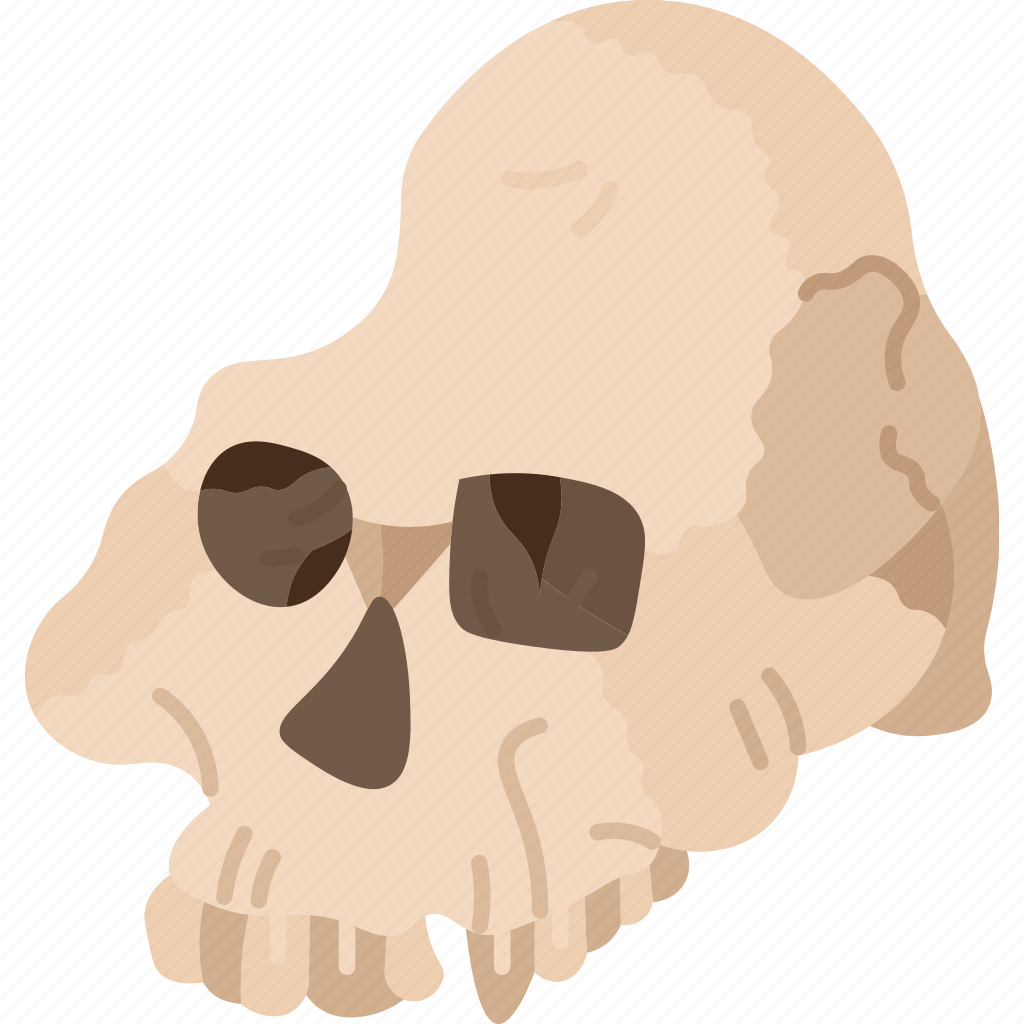For the ancient Romans, the roads and paths leading into and out of cities were crucial: not just for getting places, but as a very real kind of “memory lane”. Tombs lined these ancient byways – some simply bearing inscriptions to the memories of loved ones lost, others, more grand, accommodating space for friends and family to feast in remembrance of the dead.
Some of the tombs even address the passerby directly, as if its occupant could speak again, and pass on what they’ve learned. Take one Pompeiian example, set up by the freedman Publius Vesonius Phileros, which opens with ineffable politeness: “Stranger, wait a while if it’s no trouble, and learn what not to do.”
Going into Pompeii, and leaving it, was about being reminded of ways of living and ways of dying – as well as an invitation to tip your hat to those who trod the path before you, and to learn from their example.
Which is why the recent discovery of a monumental tomb crowned by life-size sculptures of a woman and man, just outside the gates on the east side of the town, isn’t just a fascinating find in and of itself. It’s also a reminder to stop, and to remember the people who once lived and died in this bustling Italian town.
The status quo in archaeology, when a woman and a man are presented next to each other in tombs and burials like this, has always been to assume that she’s his wife. Yet here, there’s an unmissable clue that there’s more going on. That’s because, in her right hand, she’s holding a laurel branch – which was used by priestesses to waft the smoke of incense and herbs in religious rituals.

